Optimal Timing for Waterproofing
Waterproofing is a critical process that protects structures from water intrusion, preventing damage and deterioration. Proper timing ensures the effectiveness and longevity of waterproofing systems, making it an essential consideration for property owners and contractors alike.
Spring offers moderate temperatures and increased moisture, ideal for applying waterproofing before heavy rainfall.
Summer provides warm weather and longer daylight hours, suitable for most waterproofing applications with proper precautions against heat.
Fall's cooler temperatures and dry conditions make it a good time to prepare structures for winter exposure.
Winter is generally not recommended due to freezing temperatures that hinder proper curing and adhesion of waterproofing materials.
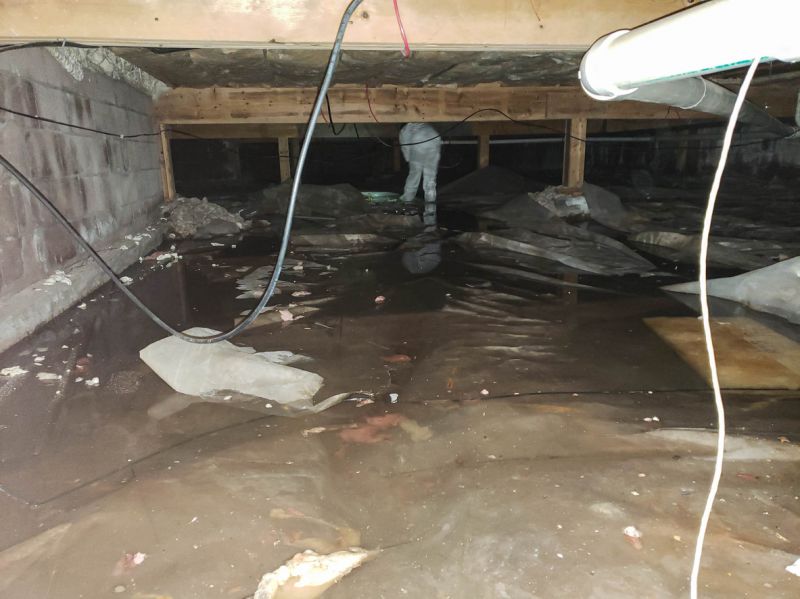
Ways to make Waterproofings work in tight or awkward layouts.

Popular materials for Waterproofings and why they hold up over time.
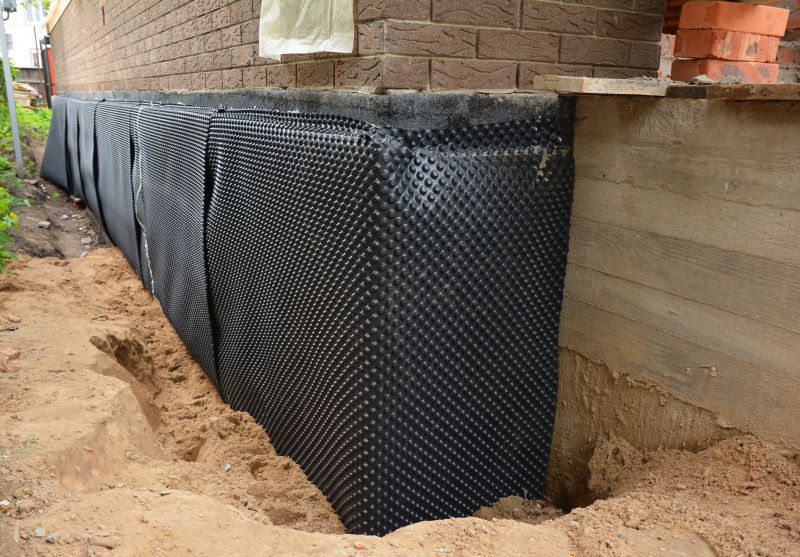
Simple add-ons that improve Waterproofings without blowing the budget.
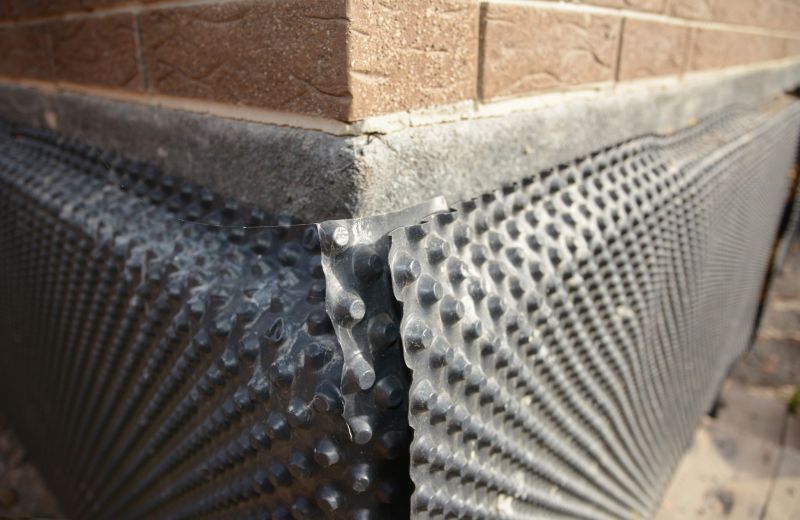
High-end options that actually feel worth it for Waterproofings.

Finishes and colors that play nicely with Waterproofings.

Little measurements that prevent headaches on Waterproofings day.
Waterproofings involve the application of membranes, sealants, and coatings designed to prevent water penetration in foundations, roofs, and other critical areas. Proper timing ensures materials are applied under optimal weather conditions, reducing the risk of failure and extending the lifespan of the waterproofing system. Statistics indicate that waterproofing failures often occur due to improper timing or application during unsuitable weather, leading to costly repairs and structural issues.
| Season | Ideal Conditions |
|---|---|
| Spring | Moderate temperatures, increasing moisture levels |
| Summer | Warm weather, longer days, dry conditions |
| Fall | Cooler temperatures, dry weather |
| Winter | Freezing temperatures, high risk of curing issues |
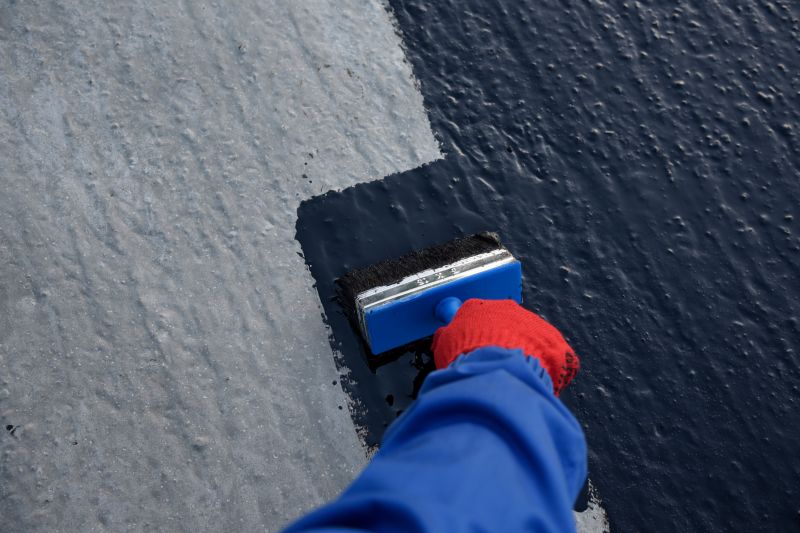
A 60-second routine that keeps Waterproofings looking new.
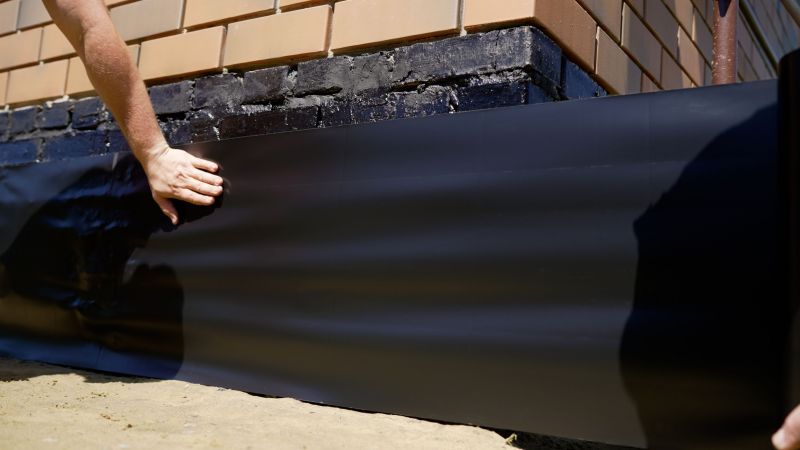
A frequent mistake in Waterproofings and how to dodge it.

Small tweaks to make Waterproofings safer and easier to use.
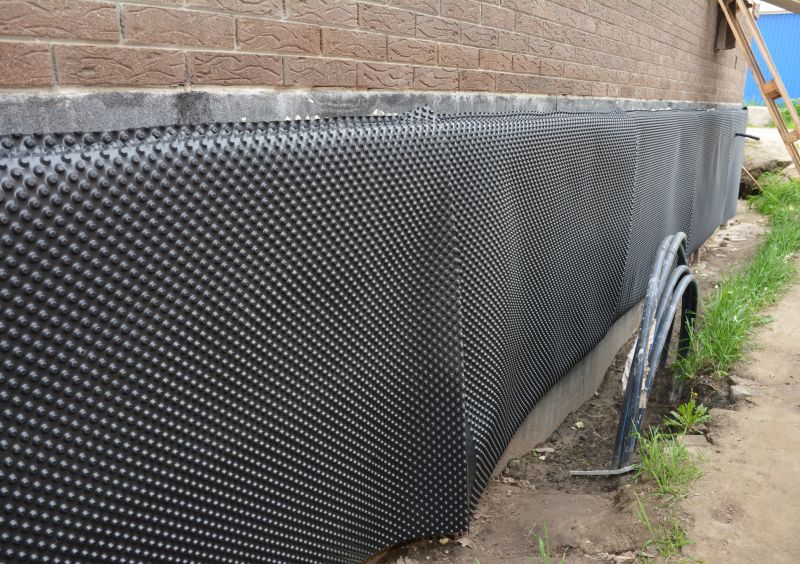
Lower-waste or water-saving choices for Waterproofings.
Selecting the appropriate time for waterproofing enhances the durability of the applied systems. Proper weather conditions facilitate optimal adhesion and curing, reducing the likelihood of water infiltration and subsequent damage. Consulting with waterproofing professionals can help determine the best timing based on local climate patterns.
Interested in waterproofing services? Filling out the contact form can provide valuable guidance on scheduling and choosing the right waterproofing solutions for specific needs.


